Tomba di Nerone (Tomb of Nero)
Known for centuries as the famous Roman emperor's burial place, this monument is actually something else.
On the outskirts of Rome, along the ancient Via Cassia, a large sepulchral monument cannot be missed. For centuries, it has been known as the Tomb of Nero. But this is actually the final resting place of proconsul Publius Vibius Marianus, not the famous Roman emperor.
The monument dates back to the late 3rd century, around 200 years after Nero’s death in 68. The belief that Nero could come back from the dead was popular after the death of the emperor and was common for centuries. In the 12th century, Pope Paschal II destroyed the mausoleum that held Nero’s ashes, fearing that the former emperor could come back from the dead as the Antichrist.
Soon after, rumors started circulating that Nero’s remains had been spared from destruction and moved outside of Rome. People started to come to the tomb of Publius Vibius Marianus thinking that the emperor’s ashes had been moved there. The belief was so strong that the area surrounding it was—and still is—called Tomba di Nerone (Tomb of Nero).
Despite the epigraph clearly stating that this is the tomb of Publius Vibius Marianus, many were convinced that the epigraph was wrong. The belief that this was the tomb of Nero was discredited in the 19th century.


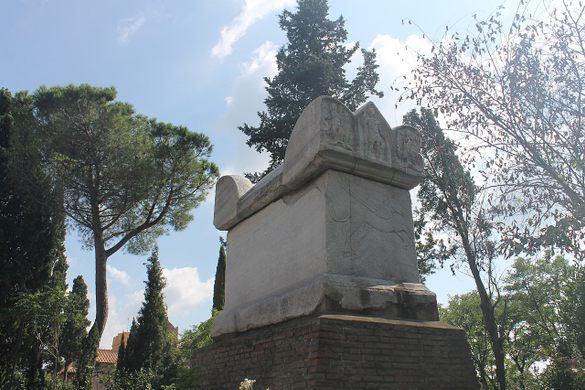
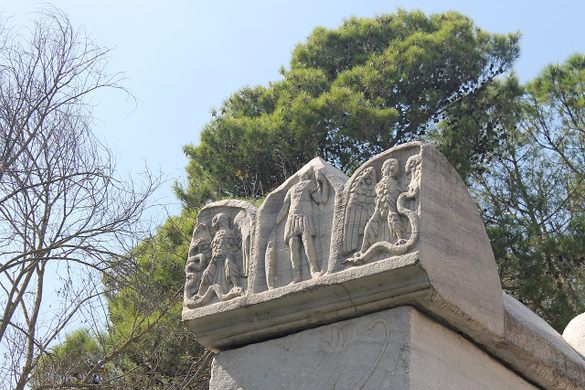
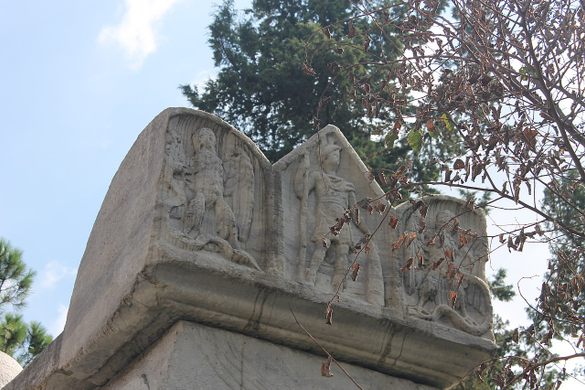


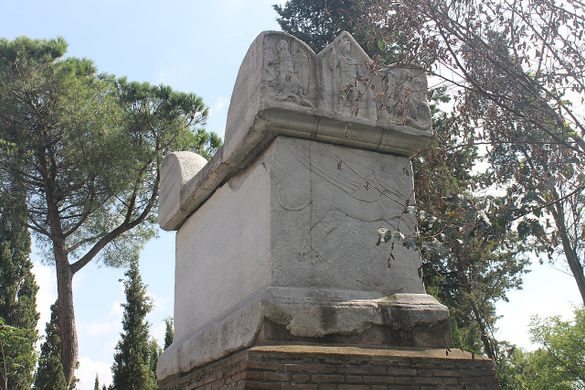







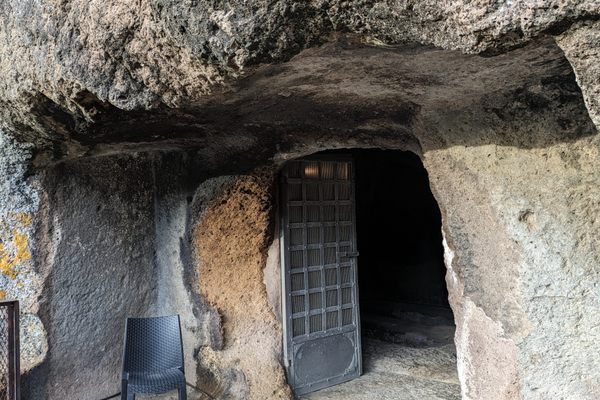

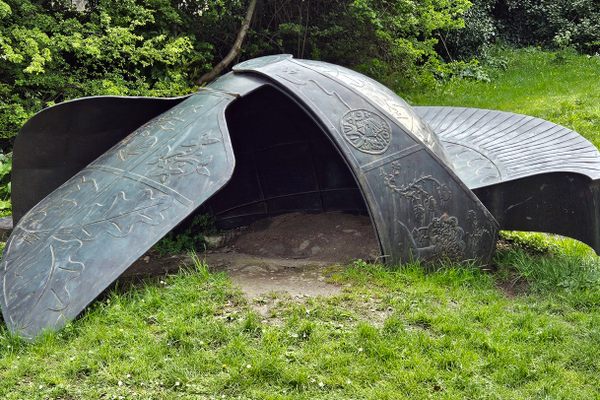
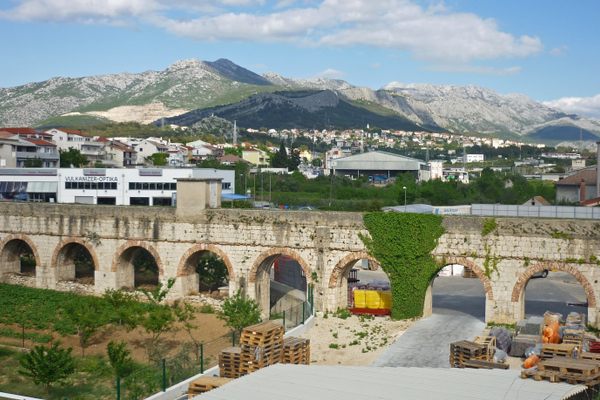

Follow us on Twitter to get the latest on the world's hidden wonders.
Like us on Facebook to get the latest on the world's hidden wonders.
Follow us on Twitter Like us on Facebook